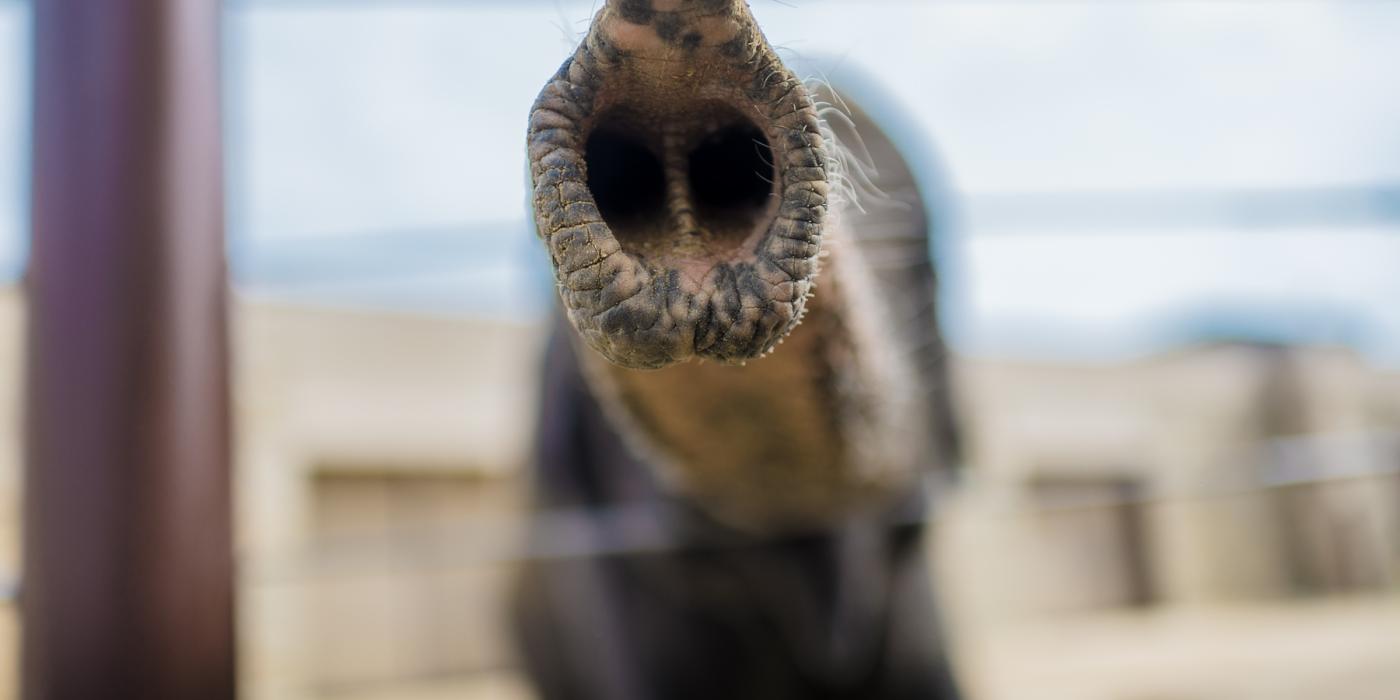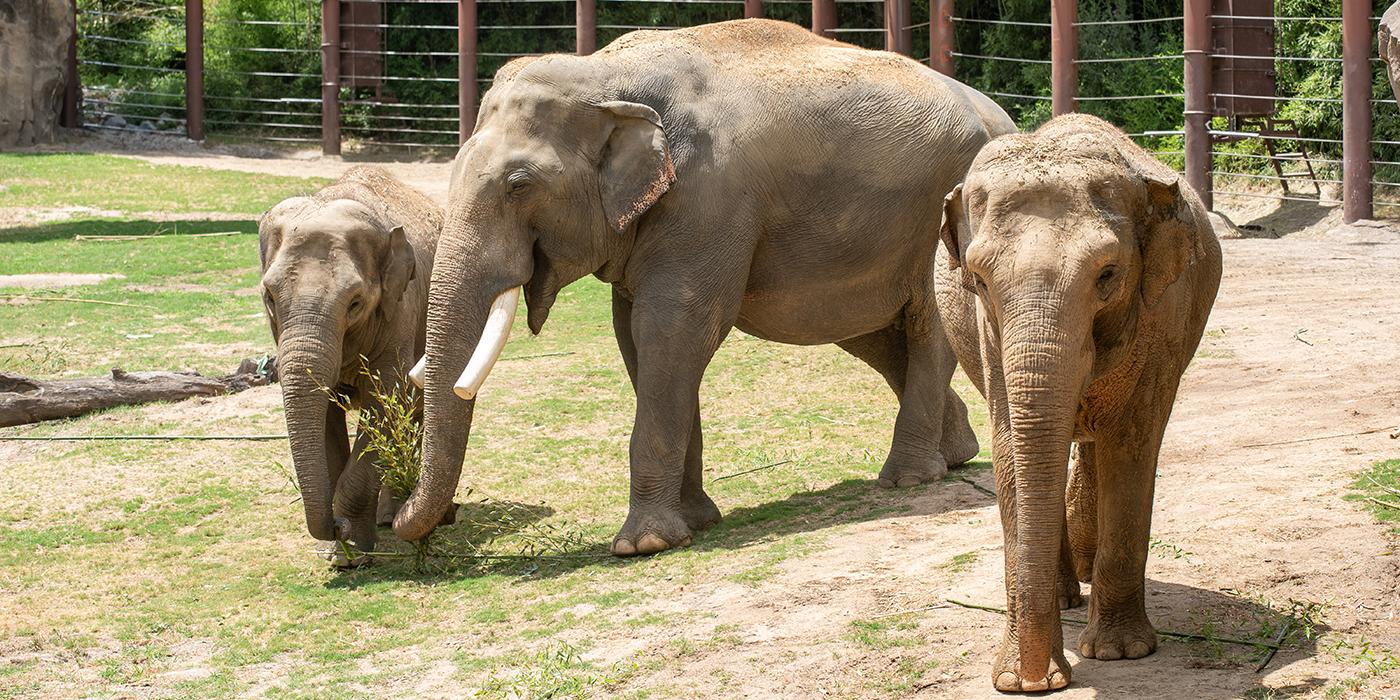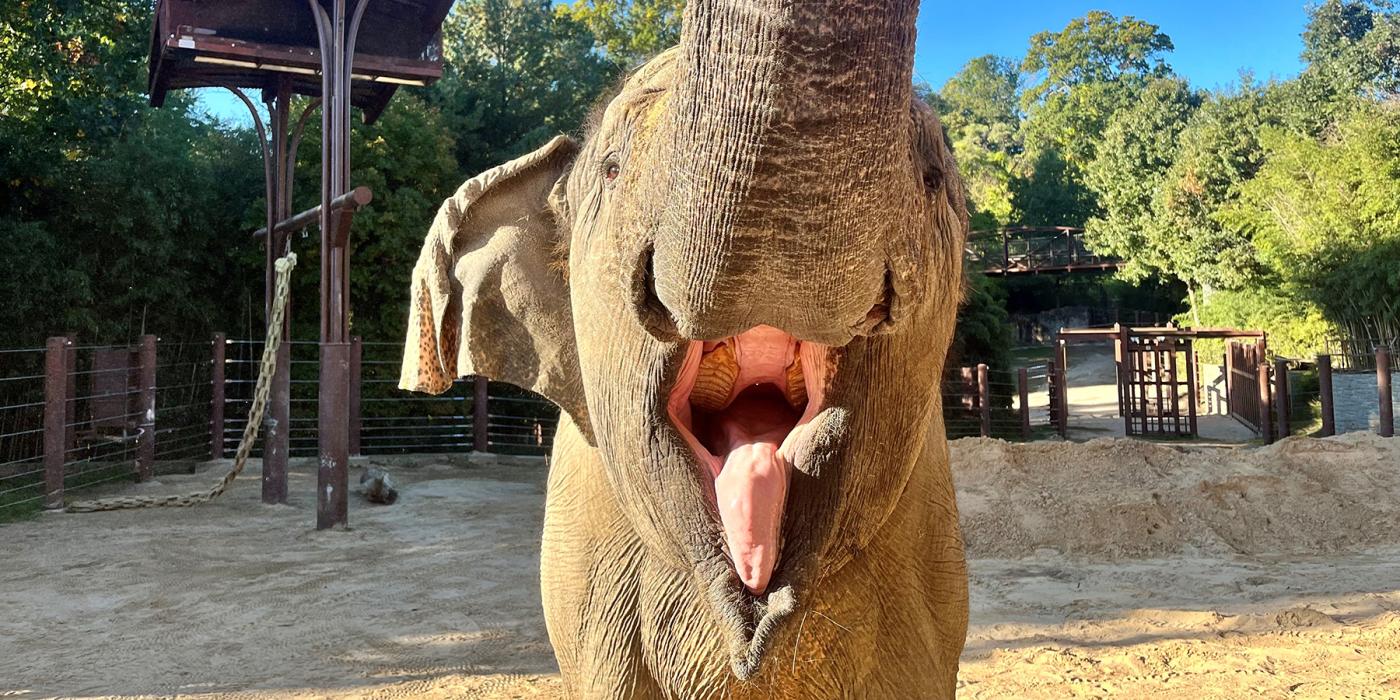A Day in the Life of an Elephant Keeper
What does working among the giants of the animal kingdom entail? For Asian elephant keepers Kayleigh Sullivan and Paige Babel, the thrill lies in training, enriching and caring for the Zoo’s multi-generational herd. Whether they are contributing to research or educating visitors about the conservation of this endangered species, the work that they do helps Ambika, Shanthi, Bozie, Kamala, Swarna, Maharani and their wild counterparts in a big way.
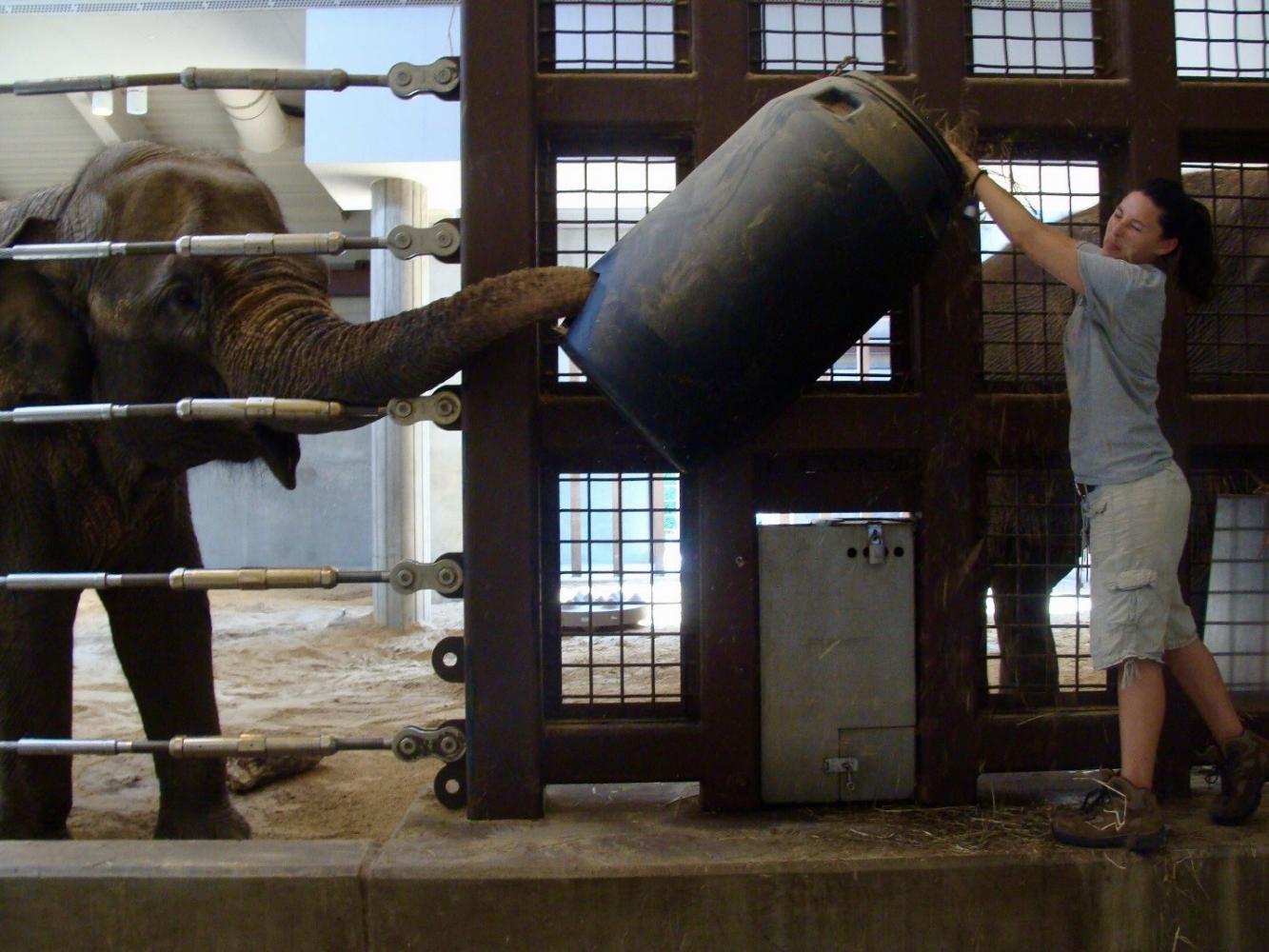
6:30 a.m.
To start the day, we greet the elephants with a hearty “good morning!” Often, they will greet us in turn by flapping their ears and vocalizing through rumbles to show their excitement. We examine each elephant and look for any cuts, scrapes, injuries or illness that may have occurred overnight. Once we have completed our assessment, we provide them with hay and head outside to clean their habitats.
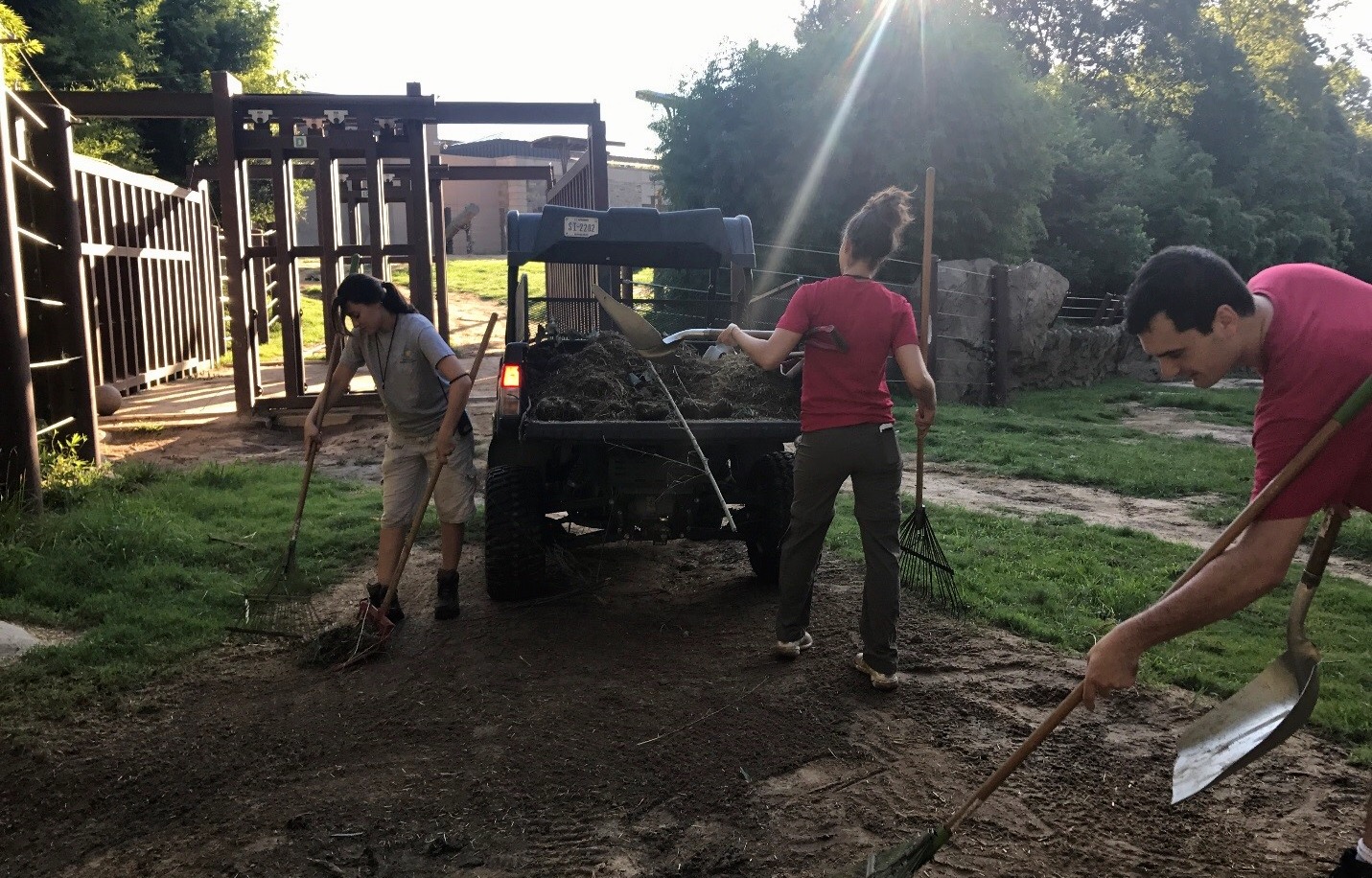
7 a.m.
While the elephants enjoy breakfast in the barn, keepers and keeper aides clean the outdoor habitats and freshen up the enrichment feeders. Our daily maintenance of the elephant enclosures includes cleaning the pools, refilling divots the animals have made in the ground, and creating large mounds of dirt and sand. The elephants enjoy going for a swim—especially on hot summer days—and will often roll around the mounds, lean up against them for a rest, and toss the dirt and sand onto their backs to protect their skin from the sun. In addition to providing these natural enrichment elements to their enclosures, we also set up puzzle feeders and other large toys in the yard to encourage the elephants to explore, forage and play.
Our keeper aides are Friends of the National Zoo (FONZ) volunteers, and they assist us in cleaning the enclosures. Each elephant eats between 100 to 125 pounds of food every day. Elephants defecate between eight and 10 times every day, and there are six or seven boli (poop) in a pile. That breaks down to about one pile per elephant every two hours!
Thanks to the help of our volunteers, keepers can spend our time focusing on husbandry, enrichment and training to provide the best quality care for the elephants.
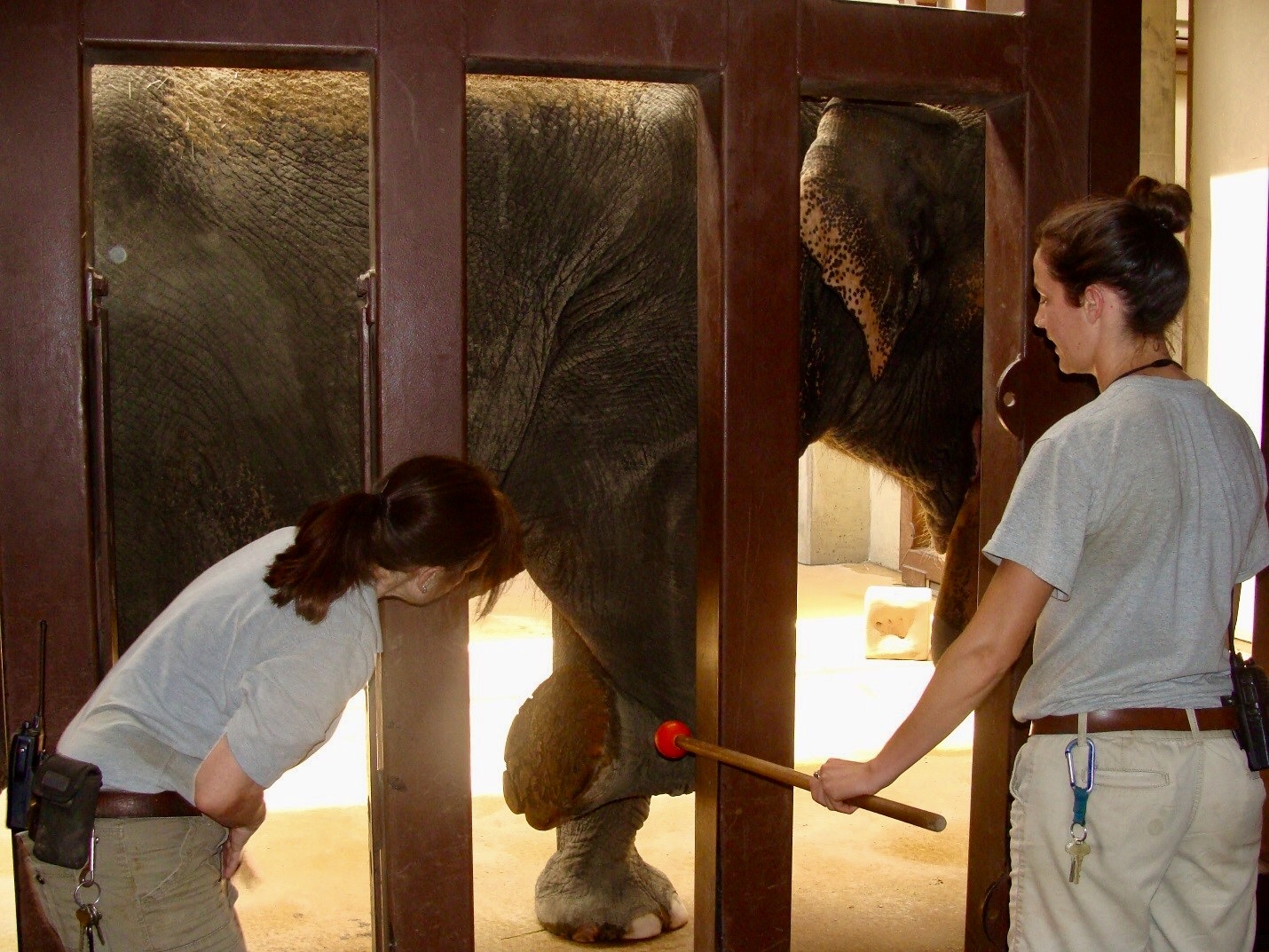
8 a.m.
Every morning, keepers conduct a visual assessment of the elephants—from the tip of the trunk to the tail and everything in between. On cue, the elephants will present different body parts so we can observe each individual closely. As part of our daily routine, we use operant conditioning and positive reinforcement to teach the elephants these behaviors. Each elephant has the choice to participate or not. When they participate, we reward them with their favorite foods and say “good job” to affirm that behavior.
Some days, an elephant may not feel like participating in training, and that’s ok, too. We want them to have a positive view of their keepers and these training sessions, so we do not force them to do anything they do not want to do. Rewarding good behaviors while respecting their choice to participate has helped us to build trust with the elephants in our care.
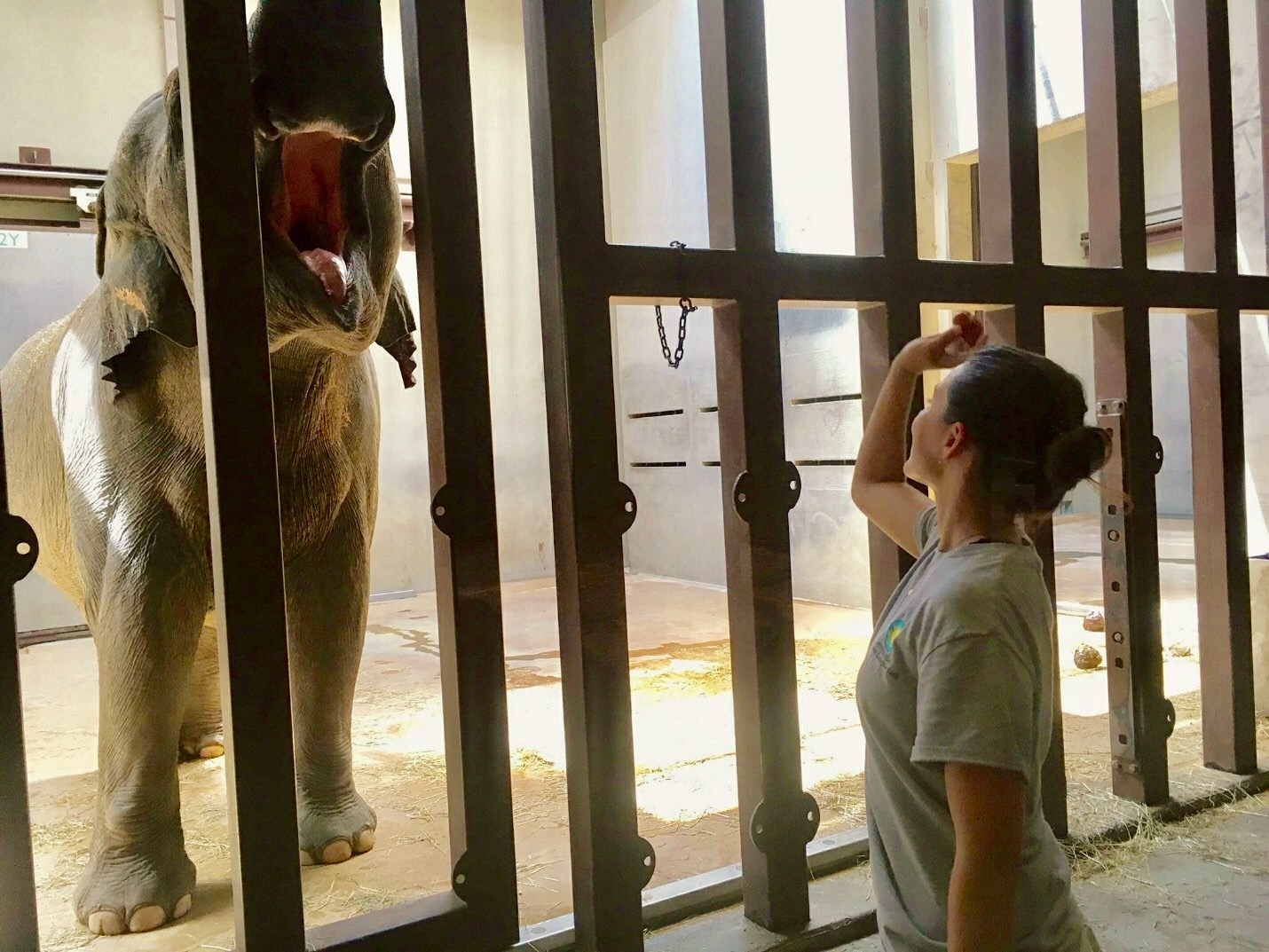
8:30 a.m.
In this photo, Bozie is opening her mouth in response to a cue given by her keeper. We can get important information about an elephant’s health just by looking at the color of their gums and consistency of their mucous membranes.
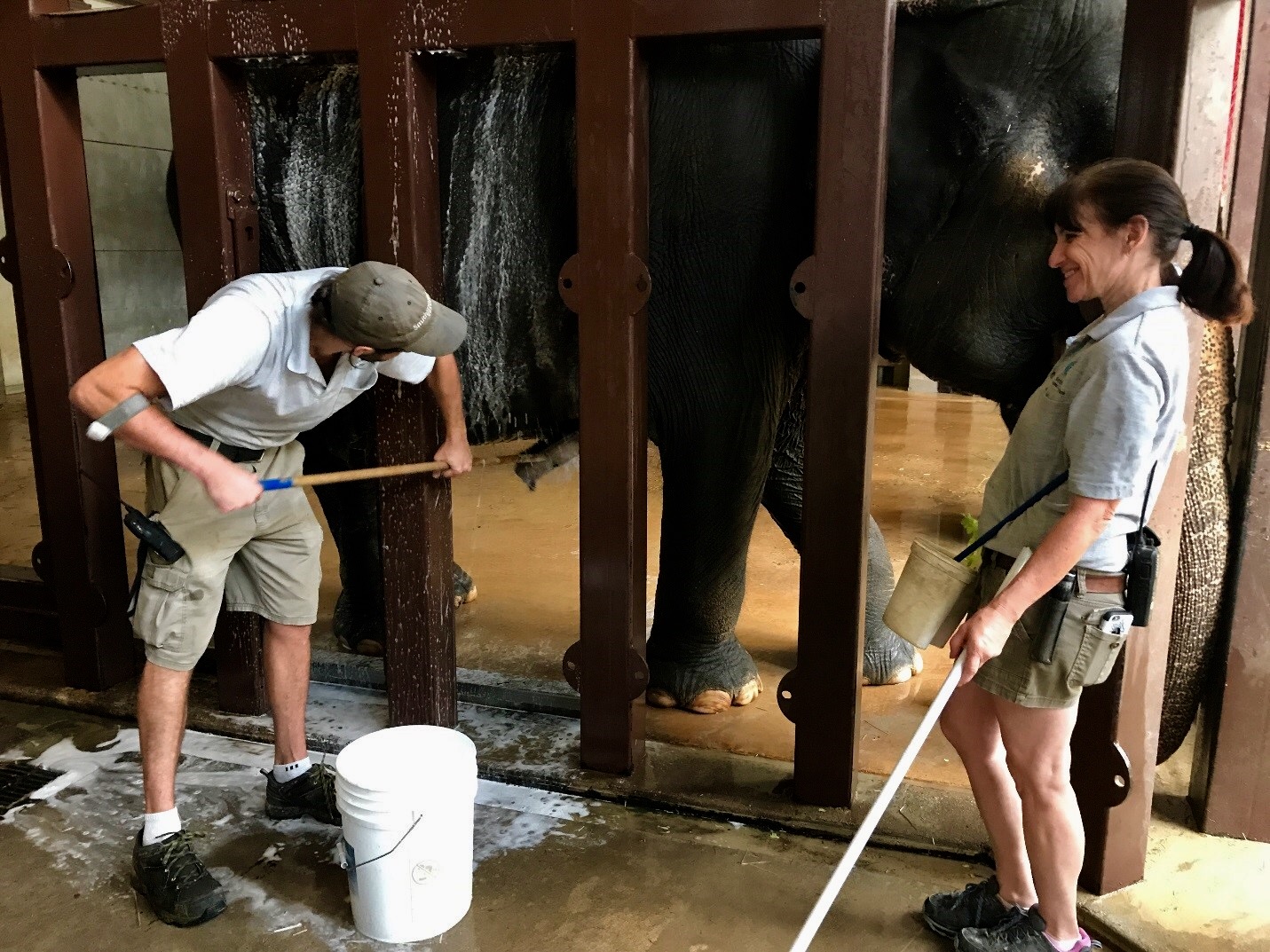
9:30 a.m.
In order to have a better visual on the elephants’ bodies, we give them a scrub bath. In this photo, keepers use a bristly brush to wash Ambika, our eldest elephant. Rinsing and scrubbing the mud off enables us to look at an elephant’s skin in detail.
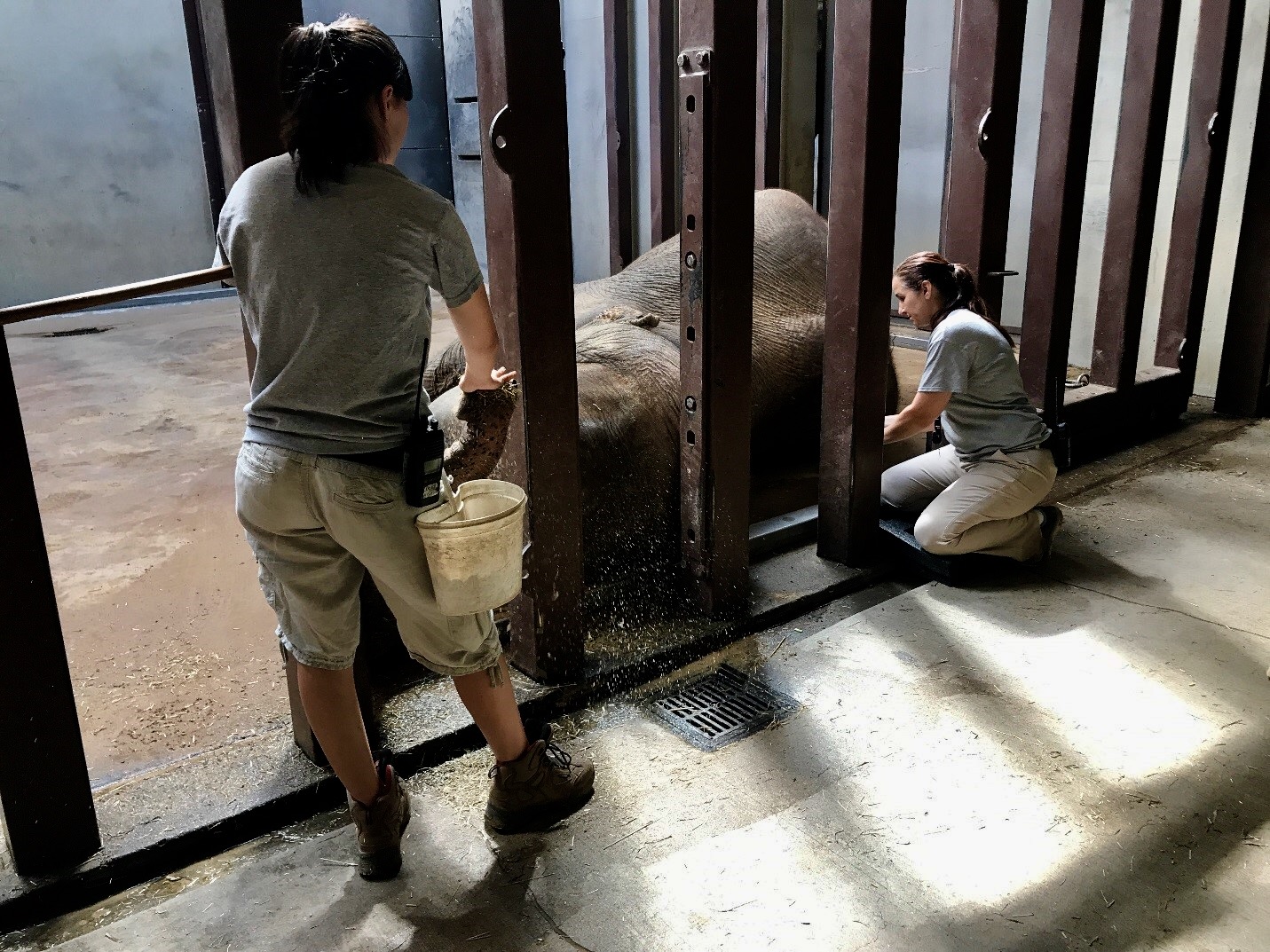
10 a.m.
Because we work closely with the elephants every day, we notice even subtle changes in their movements, behavior and socialization. If an elephant is not acting in a manner consistent with her ‘normal’ self, we collect samples to determine why she is not feeling well. Through training sessions, we are able to collect saliva, blood and trunk sputum samples.
In this photo, we are conducting a blood draw training session with Maharani. Urine and feces contain clues about elephants’ health and well-being, too, so we collect samples that they leave behind. Zoo veterinarians analyze the samples, diagnose the illness and prescribe treatments.These are important tools for monitoring the individual health chemistries and hormone characteristics of our elephants. They also contribute to the research that we and many other zoos accredited by the Association of Zoos and Aquariums are doing to better understand elephant health.
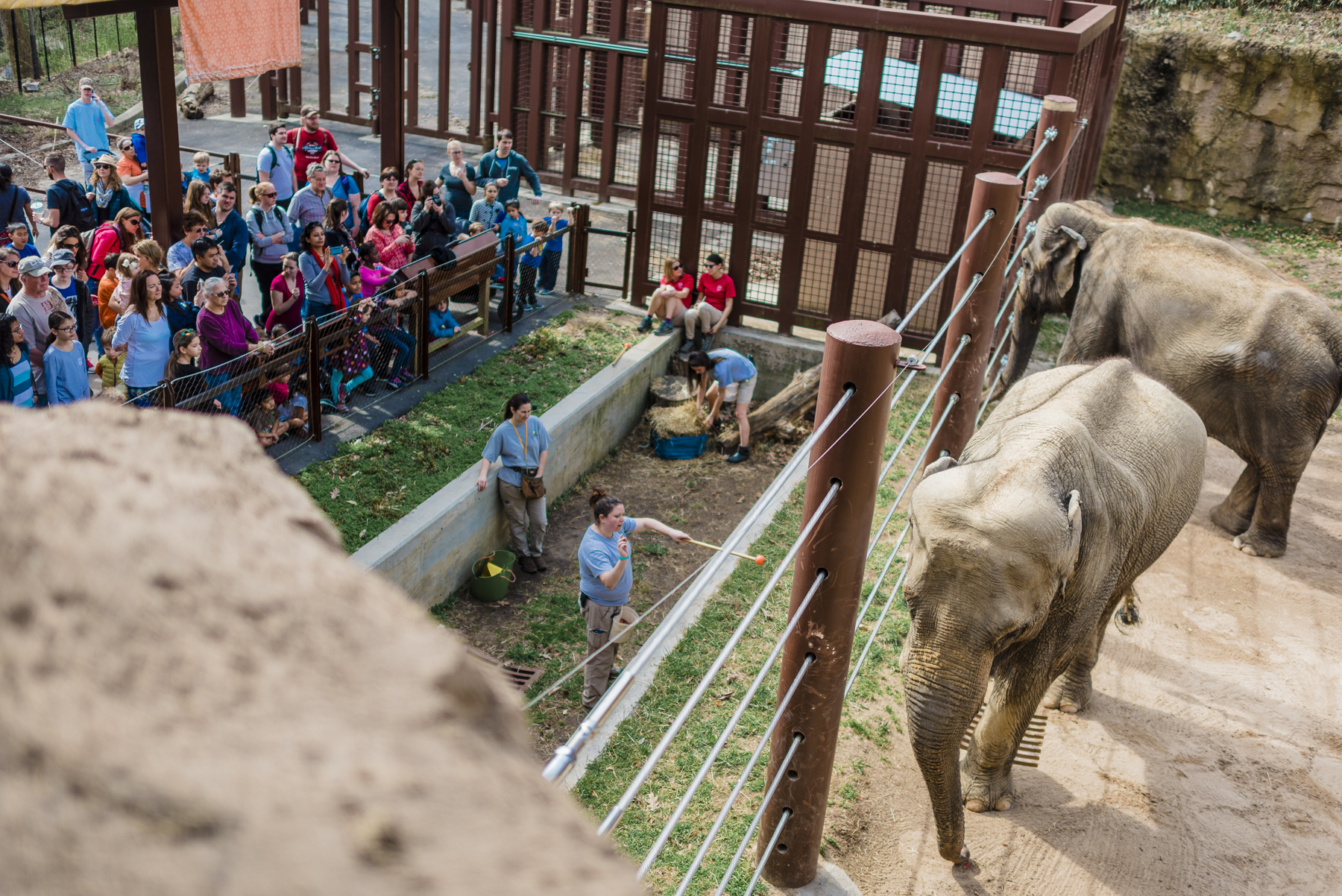
11 a.m.
Our daily training demonstration is a great way for Zoo visitors to see the animals up close and learn about their amazing physicality and intelligence. We demonstrate many of the husbandry behaviors that help us assess the elephants’ health, and it provides the animals a chance to get some physical and mental exercise. These talks also give us an opportunity to chat with visitors about our conservation efforts and ways they can help save elephants in the wild.
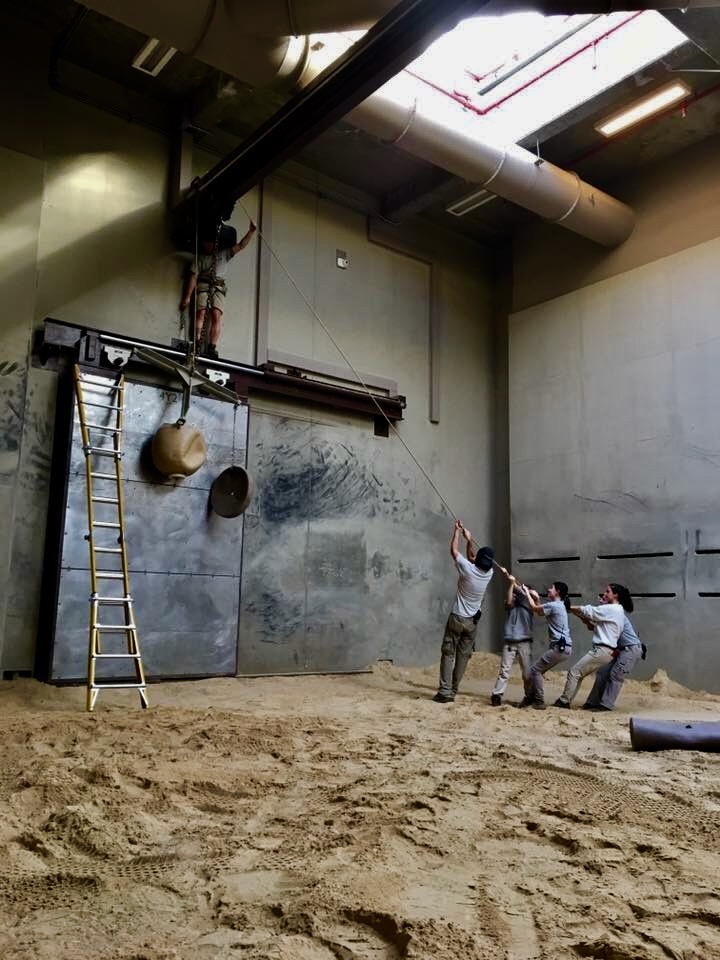
11:30 a.m.
Elephants are very strong—they can very easily crush and break most items with their trunks and feet. Therefore, any enrichment feeders and toys that we give them have to be “elephant-proof.” Securing the items in such a way that the elephants can interact with and not break them is a challenge that we face on a daily basis. Sometimes, it takes several keepers just to hang up one toy!
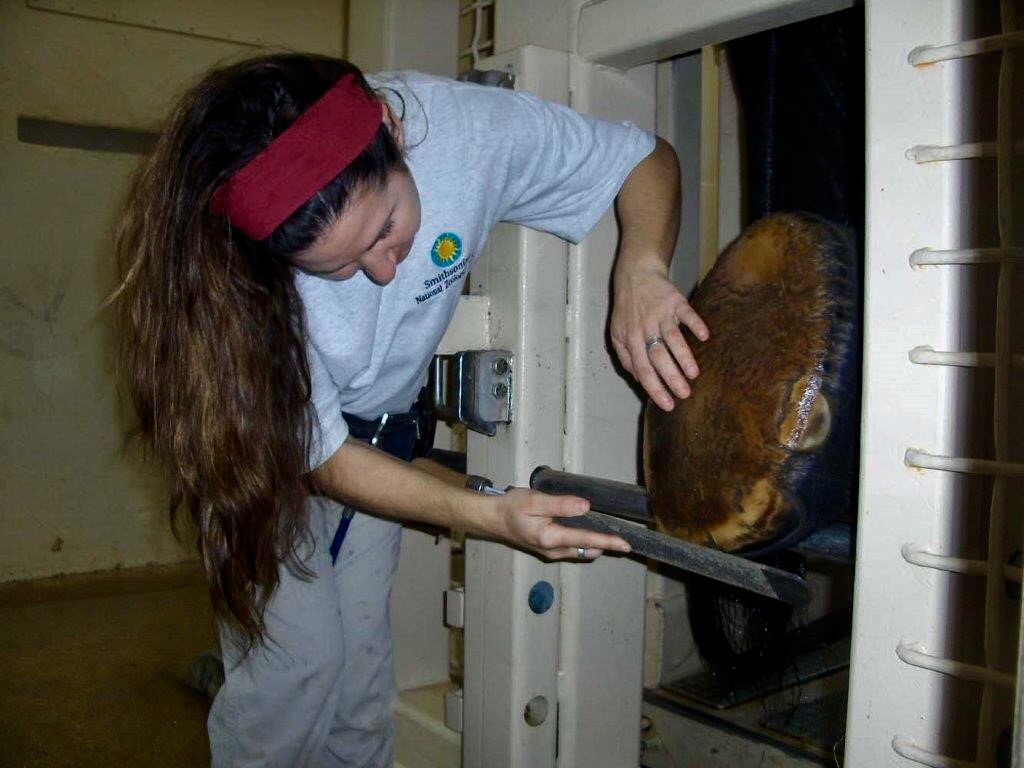
1 p.m.
In the afternoon, keepers call elephants into the barn to conduct training sessions, administer medications and provide care. One of the ways we care for our elephants’ feet is by giving them pedicures once a week. Foot care is a vital element of elephant health, so keepers routinely inspect their cuticles, nails and pads (soles) and trim them to prevent cracks. In this photo, we are examining Swarna’s feet.
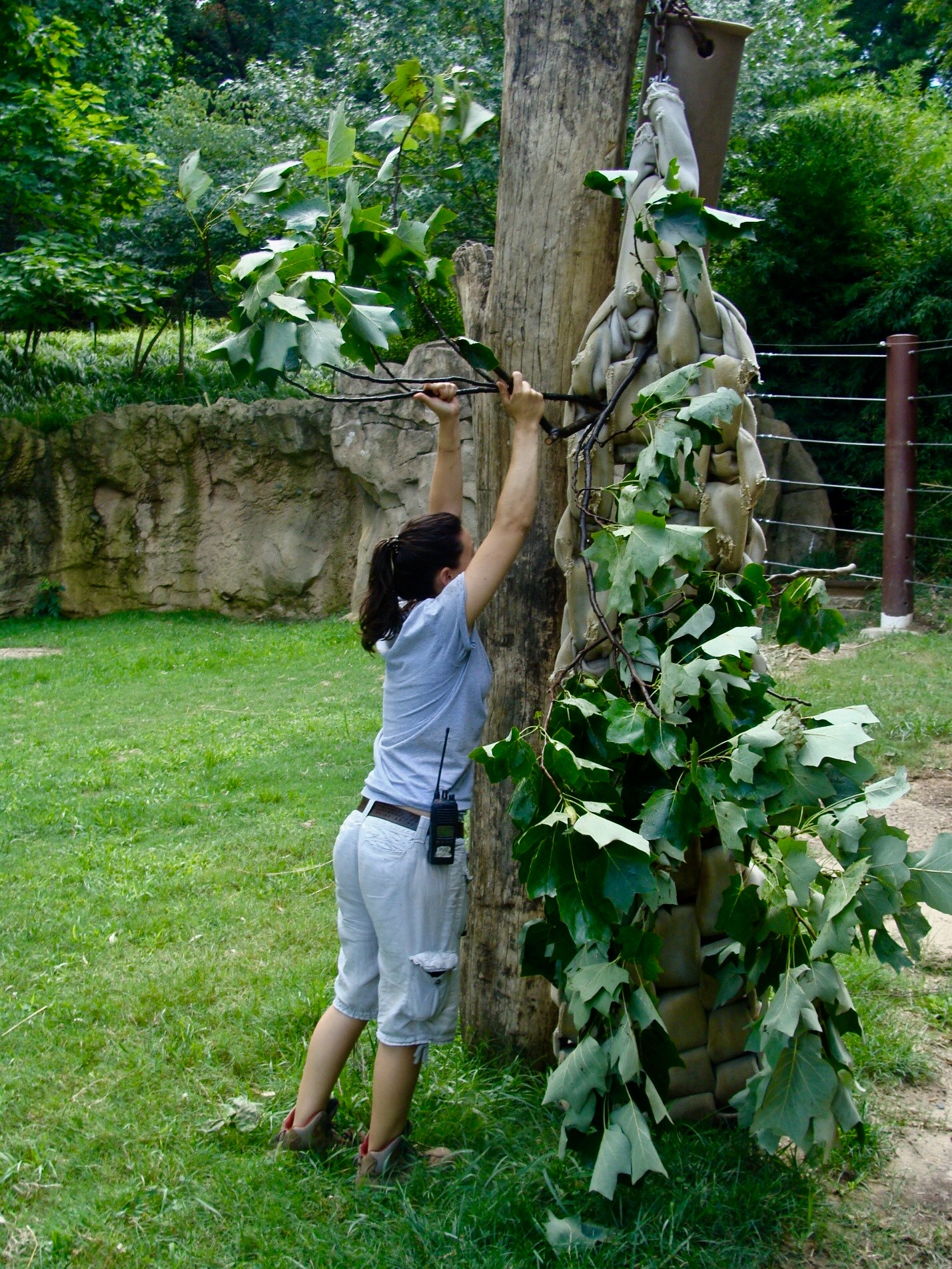
2 p.m.
While the elephants are training inside, keepers and keeper aids clean the outdoor yards once again and place hay, branches, bamboo and enrichment around the yard.
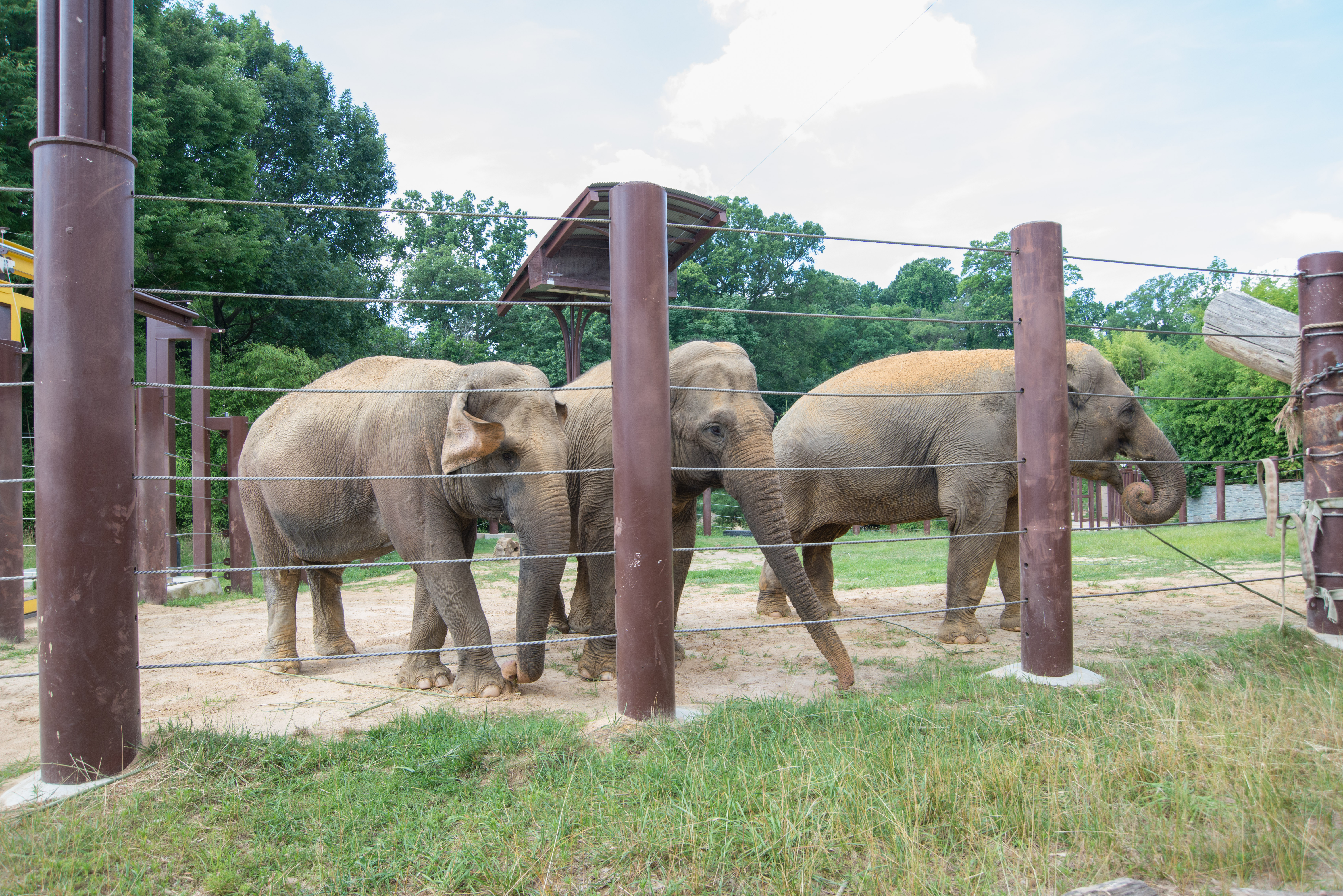
2:30 p.m.
Once the elephants have completed their training sessions and treatments, keepers give them access to the outdoor habitats.
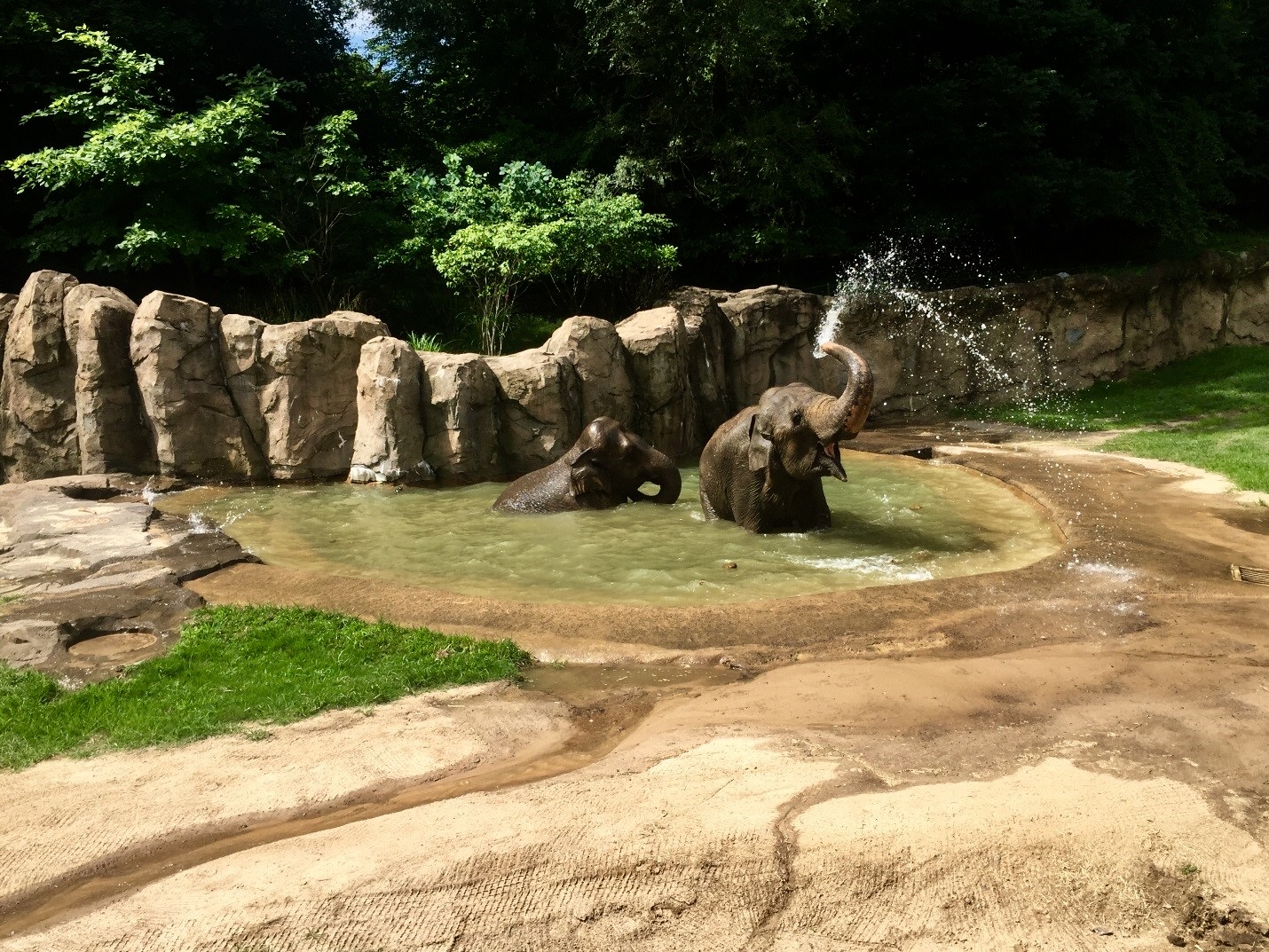
3 p.m.
In our daily reports, we record information that helps us analyze the elephants’ social, physical and behavioral health over the long term. Our notes include everything from how well each elephant ate, to how they interacted with each other and with keepers, to the samples that were collected during medical training, among other things.
As our work day comes to a close, the elephants continue to spend much of their time socializing with one another, playing in the pools, and taking a nap in their habitat.
This story appears in the August 2017 issue of National Zoo News. Enrichment allows animals to demonstrate their species-typical behavior, gives them opportunity to exercise control or choice over their environment and enhances their well-being.
Related Species:

